You Will Need:
- A Blacklight can be found at a hardware store
- Petroleum Jelly (Vaseline)
- Paper
- A dark room
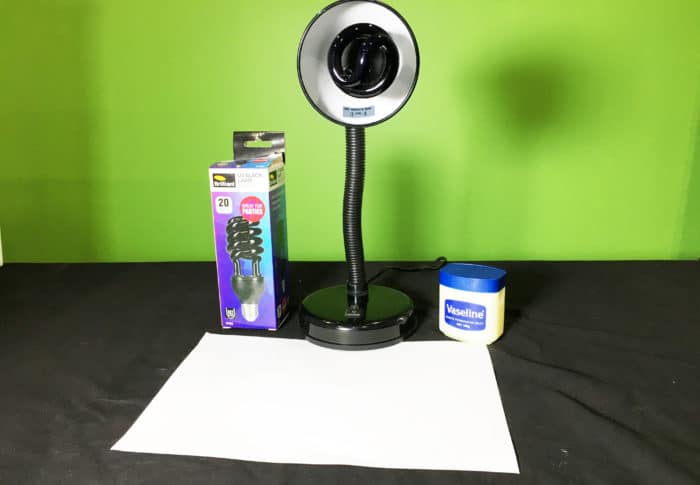
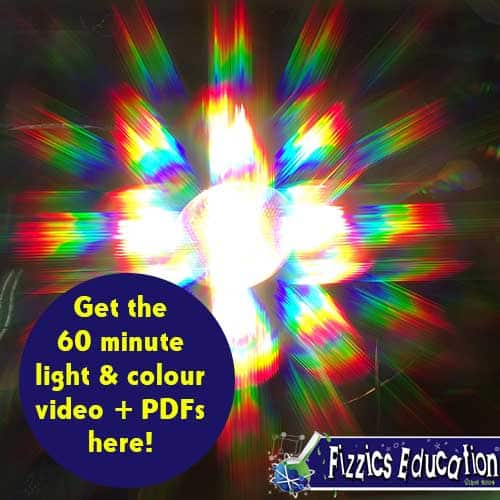
Get the Unit of Work on Light & Colour here!
- What is colour addition vs subtraction?
- What is opacity, translucence & transparency?
- What is the difference between refraction & reflection?
- Explore UV light, lenses, thermochromism and more!
Includes cross-curricular teaching ideas, student quizzes, a sample marking rubric, scope & sequences & more
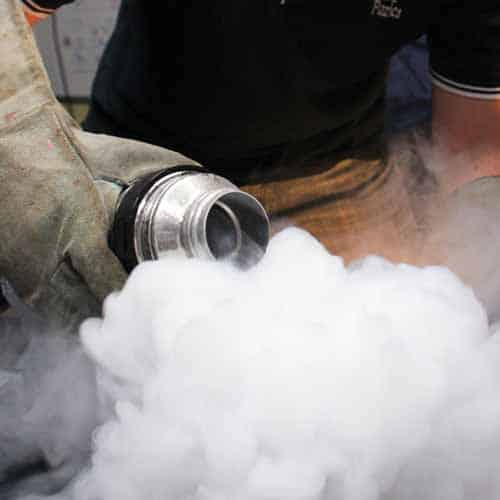
School science visits since 2004!
– Curriculum-linked & award-winning incursions.
– Over 40 primary & high school programs to choose from.
– Designed by experienced educators.
– Over 2 million students reached.
– Face to face incursions & online programs available.
– Early learning centre visits too!
Why Does This Happen:
The visible light range, for humans, is between the frequencies of 400nm and 700nm, and we see this as red and violet respectively. Black lights emit an invisible ultraviolet light called UV-A, which as less energy than sunburn causing ultraviolet light UW-B.
Some chemicals can absorb energy from the invisible UV-A light and reemit it as visible light. These chemicals are said to be fluorescent and you can find a lot of these chemicals in and around your home. For example laundry detergent, nail polish, your driver’s licence and money.
All materials are made up of atoms and within these atoms there exist electrons. These electrons move around the nucleolus of the atom, its centre, in orbits or ‘shells.’ Moving between one shell, or orbit, to another requires losing or gaining energy. For an electron to move to a higher orbit it must gain energy and for it to fall into a lower orbit it must lose energy.
Fluorescence occurs when the UV-A light gives energy to electrons and moves them to a higher orbit. Once the electrons lose this new energy they fall back to their original orbit, releasing the remaining energy as visible light.
Forensic scientists can use the fluorescence of chemicals to link a crime scene to the guilty person!
For more information on forensic techniques check out the crime scene investigation link.
From colour changes to slimy science, we’ve got your kitchen chemistry covered!
Get in touch with FizzicsEd to find out how we can work with your class.
Chemistry Show
Years 3 to 6
Maximum 60 students
Science Show (NSW & VIC)
60 minutes
Online Class Available
STEM Full Day Accelerator - Primary
Designed from real classroom experiences, this modular day helps you create consistently effective science learning that directly address the new curriculum with easily accessible and cost-effective materials.
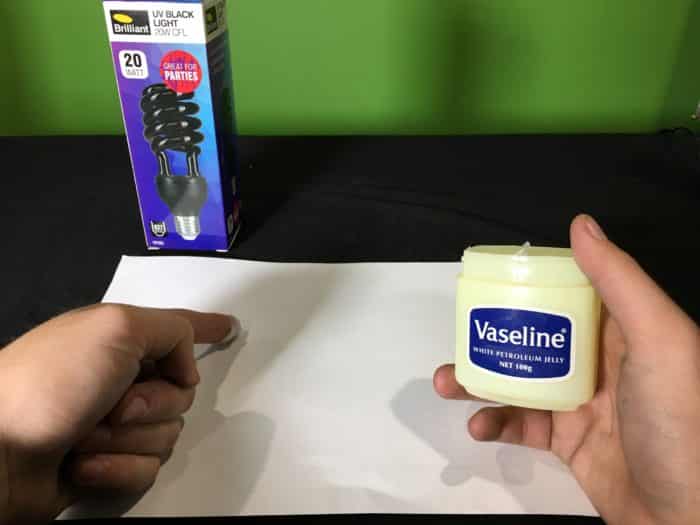
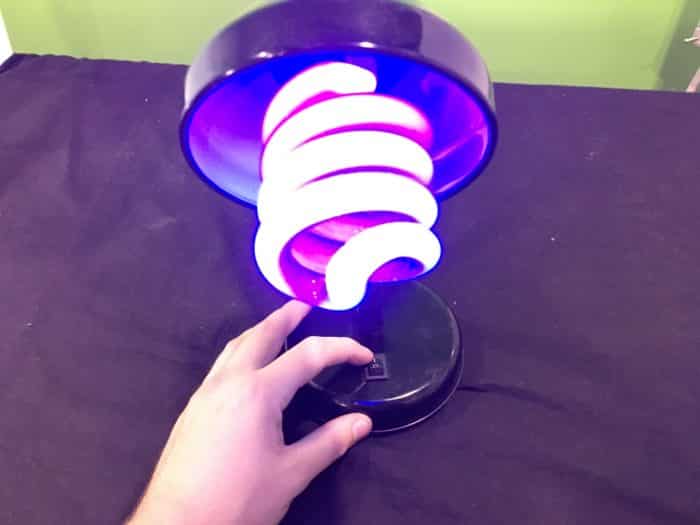
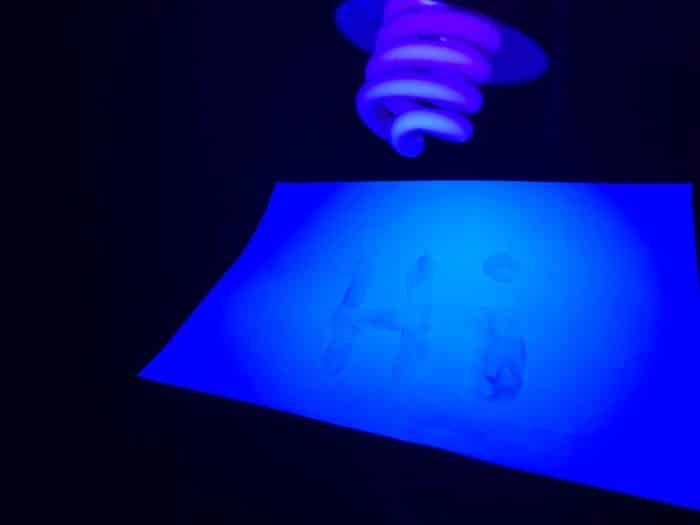


























Comments